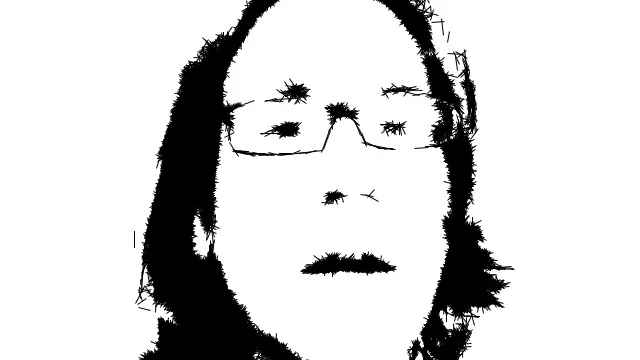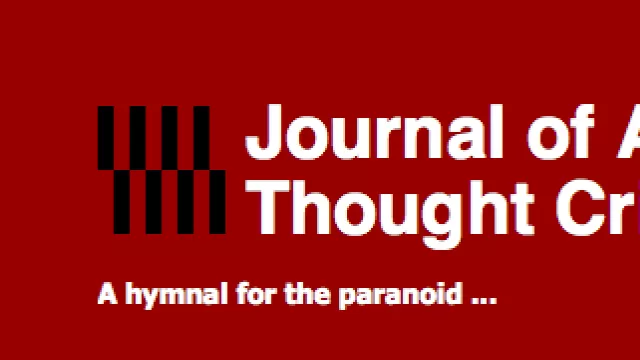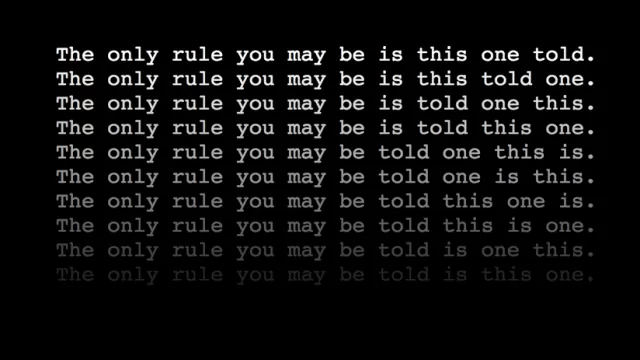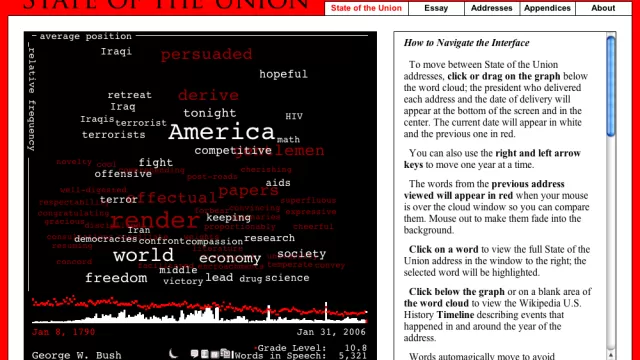The stochastic photo algorithm I developed for use with the pen plotter was put to work here to animate an image of me speaking before the camera. As usual, I am concerned with my relation to the moment, and in a more general way, how it is that artists negotiate a triangulation between participation and criticality towards the trends of the day.




